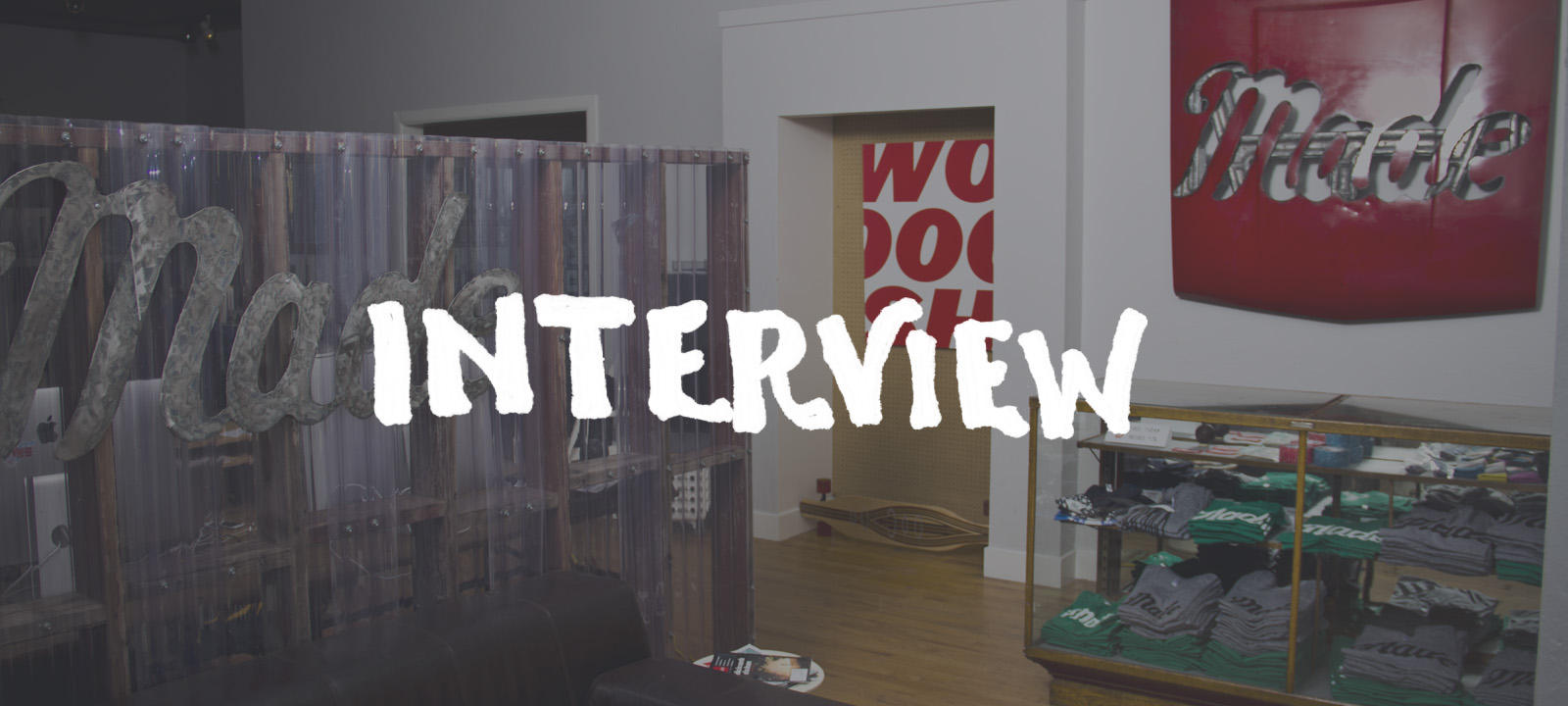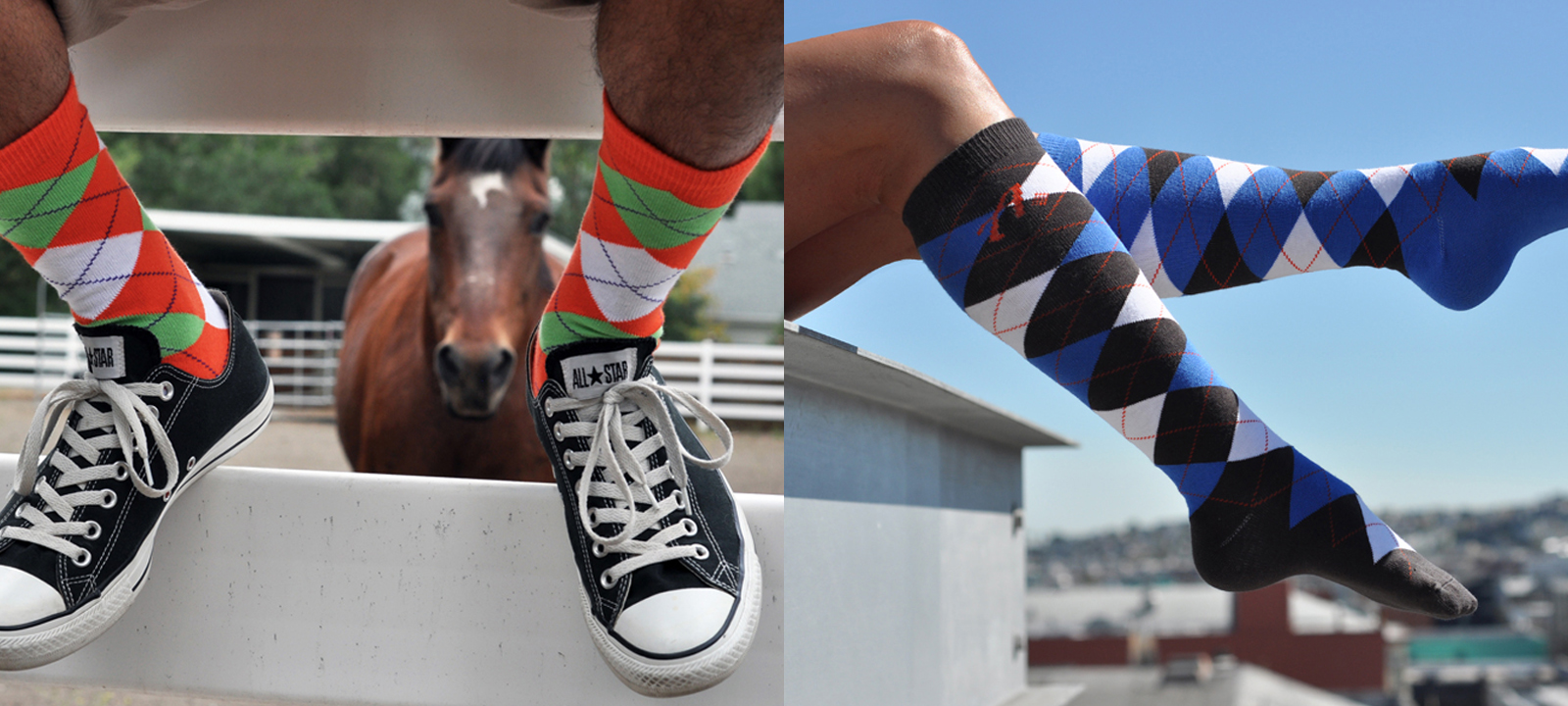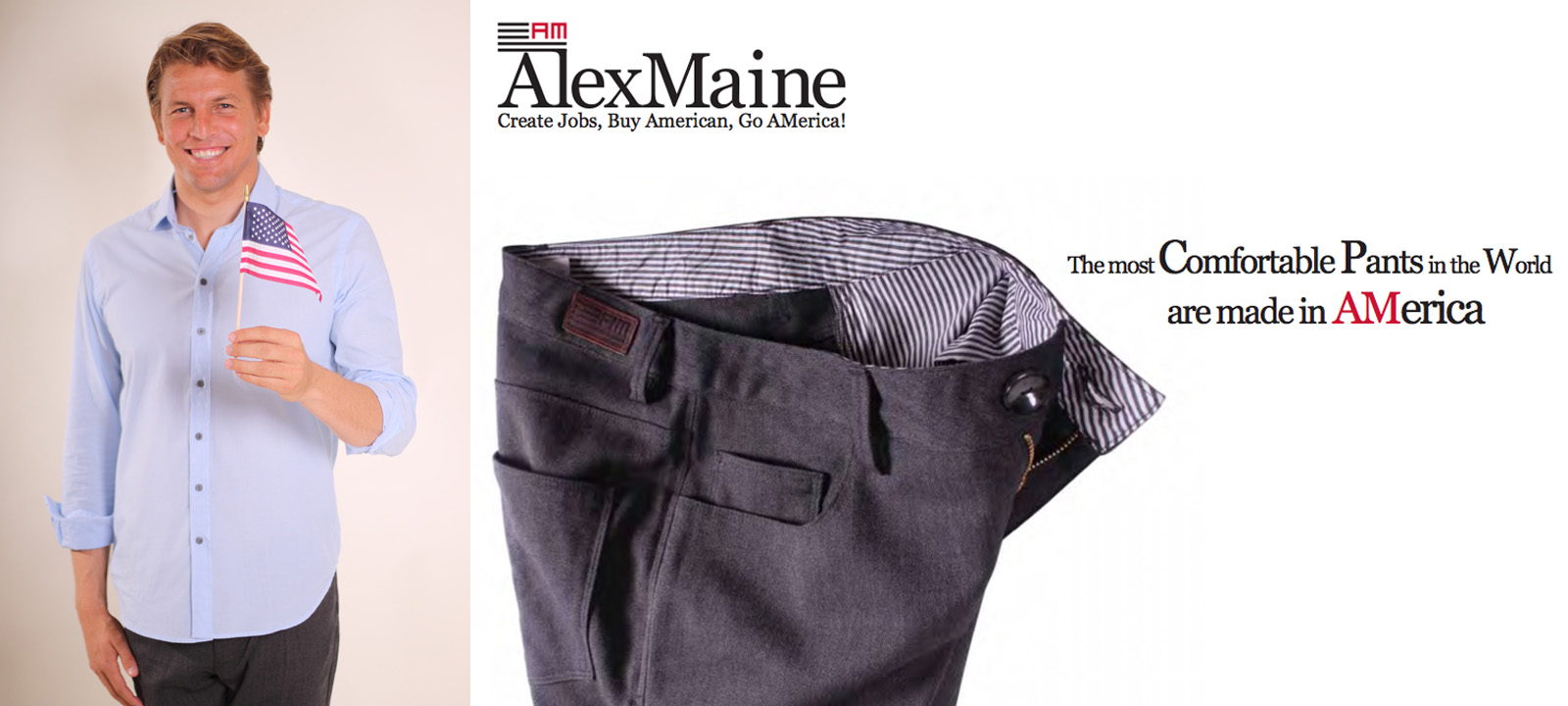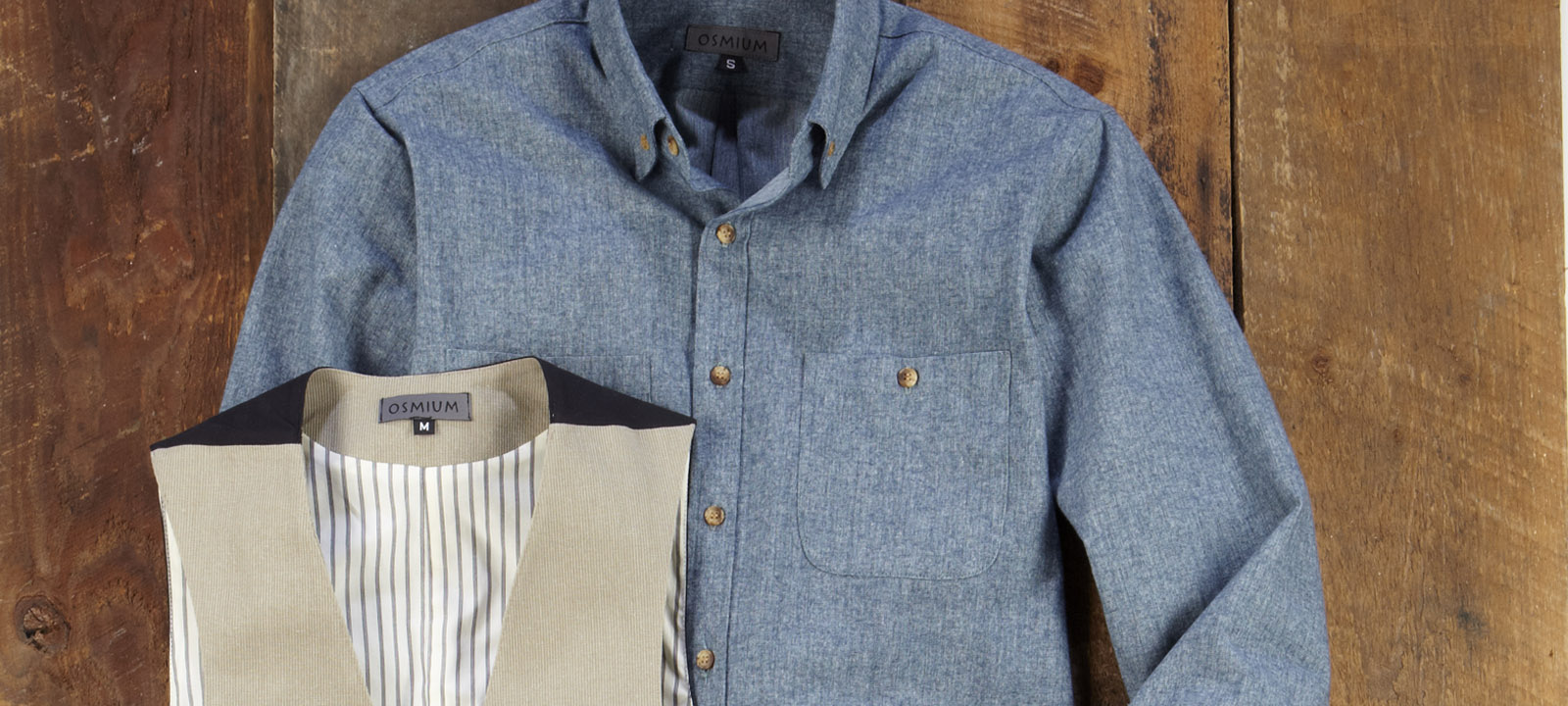Today’s interview is with one of the founders from We Are Runts (WAAR), Michael Quinones. Michael and Matt Davis started WAAR as a mission to bring Made in the USA to market with influences pulled from the surf, skate and motorcycle culture. They have dedicated themselves to bringing an affordable, 100% USA made, product to the consumer.
Can you give 50 BUILT readers some background on yourselves and how WAAR came to be?
Matt Davis & I both have worked in the action sports and contemporary apparel market for about a decade now. All the brands that we have been apart of were developed and manufactured overseas with the intent on being more or less volume driven. We saw the issues of developing and producing overseas as startup companies. The constant ‘bait and switch’ that would happen with production, poor quality, and generally zero accountability for the issues at hand (granted, larger brands probably have no issues with overseas manufacturing and development). WAAR came to be after a pretty rocky year with two other brands we had been apart of having some differences in direction and distribution. We eventually were able to look into the business’ we were employed by and didn’t agree with the practices in play. We were the guys beating our heads against the wall working 80 hours, but with no ownership, the “Runts” of the brand so to say. We decided at that point to rely on each other, rather than work for others and set out with WAAR. We choose to take a route less traveled, something that neither him nor I had much experience with; a 100% Made In the USA brand with strong branding and solid aesthetics. We were aware of some domestically manufactured collections that used US labor, but we really wanted to try and do 100% of everything here, from rivets and collar fusing to fabrics and of course labor, but at a price that is more competitive than other domestic competitors. To retail a US Made collection at high retail prices would of been a bit easier (still with tons of obstacles and hardships), but we are really really trying to keep cost as low as possible to have a brand that the consumer could be stoked on wearing while supporting our US economy.
Can you give an idea how you went about sourcing vendors and materials in the USA?
We’ve spent a TON of time on the internet sourcing fabrics. That has been by far the largest obstacle to overcome. There are a ton of jobbers out there that store overseas fabric, but we are looking for US milled goods. We have for sure had to be creative and diligent in our sourcing, and really relying on wash and dye treatments. Fabric is very expensive to mill here and do custom weaves, so we have relied on revolving goods that are always available and have been smart with design and washes to make them relevant. It was a a challenge at first to shift gears and design this way, but now it has become quite efficient. We are working with a few manufacturing agencies and have developed great relationships with them.
What has been WAAR’s initial experience with dealing with American Factories? How has it differed from past foreign factory experiences?
It’s been amazing to go to our contractors at every step and sit with them to trouble shoot. I think there is new life being breathed into these guys and they can feel an upswing in their business. They are all very willing to help, hustle, and work to bring quality in manufacturing back to the states. You can tell that they want to help and see you succeed, because that interim means that they do. With working overseas, there was never that feeling. You, as a start up, were always disposable to a trading company or factory. If they messed up on production and you didn’t want to accept it cause they made a mistake, 9 times out of 10 they would tell you to ‘f’ yourself, which ultimately could put you BK. You always had to make the choice to ship poor product for the sake of not eating the loss, or not shipping and losing that vendor. If you rejected that product and continued to work with that vendor, suddenly pricing was extremely expensive the next development season. Like I have been saying, no accountability, and even worse no way to enforce accountability. It is great to be able to work as a team with these US contractors. We really feel like we are in this together. They want to troubleshoot, they want to produce, and all they know is quality.
How has this process been for WAAR emotionally?
For Matt and I, we are proud. I like telling people that we are 100% Made In America and I can’t wait for them to see the quality, and hopefully the price.
How important is the Made in America process to your brand image? Do you like to wear that fact on your sleeve?
Made in America is our brand image. 20 years ago, brands existed to unite the consumer around ‘skate’ or ‘surf’. That is no longer enough. There are already a lot of brands that exist and do skate/surf beautifully. I think that consumer becomes a little jaded when the new introduction of a brand like that comes to market. We want to unite the consumer around buying US Made product. We want to treat US Made as that same rebellious ideal that skate and surf was 20 years ago to the consumer. I think it will be accepted very well, we just really need to focus on our pricing.
How much of your product line is Made in the USA?
Our product line is 100% Made in America. We don’t manufacturer or use anything that isn’t from the US.
Are there products that you would like to offer, but cannot due to lack of manufacturing in the USA?
There are some synthetic fabrics that we would like to use that would make tech items easier to develop, but those fabrics are far and few.
If you could tell our readers one factor that is the greatest threat or advantage to keeping things made in America, and allowing companies like WAAR to succeed, what would it be?
The greatest threat is the extinction of the fabric mills in this country. For example, Woolrich Mills is the only fabric mill we have found that manufactures yarn dyed plaid flannels. They are very expensive per yard, but the only guys in the game. If they close up shop, then we have no more yard dyed plaid flannel. These mills closing their doors is ultimately what would really hurt us. Labor for sewing and dying is readily available, and actually very competitive.
The best part of keeping things made in the US is how far that dollar spent on the product actually goes. When you buy something that is 100% Made in the US all of that money spent is going directly back into our economy. It is paying the wages for sewers, cutters, pattern makers, etc that in turn is that money to go to the grocery store and pay their taxes. It stays here. When you buy overseas product the money is gone. Below is a great article I read that really made me understand the importance of what we are doing:
“If you take that $250 and use it to buy uniforms from Mexico or China, there is no return to the treasury for that purchase. If you take the $250 and buy uniforms made in Ohio or North Carolina out of U.S. components — when you take into account wages and income taxes paid by the workers, profit made, and the corporate income tax paid by the U.S. companies involved — conservatively, there is a $43.63 return (in the form of taxes) on the $250 purchase. If it’s a Chinese-made uniform, we get nothing; the money goes offshore and there’s no return to the U.S. economy or treasury.”
Also, the benefit to the overall U.S. economy “due to workers being gainfully employed” must be considered, said Tantillo. “They aren’t depending on, or leaning on, the federal social safety net. They aren’t recipients of welfare, unemployment benefits or trade adjustment assistance. Instead they’re paying taxes, paying mortgages, paying for health care. There is an enormous, positive ripple effect through the buy America provisions. It’s so dramatic it isn’t even a close call.”
Not to get to economics guy on you, but you can see that benefit. We don’t expect to have every brand throw their arms up and make product domestically. We understand that price slashing product helps families with greater needs put clothes on their back, and it most definitely has a relevance. It’s that the scale has shifted so terribly to overseas that our economy is suffering because of it on an apparel level, and many other manufacturing levels at that. Imagine the upswing if just one of the brand giants brought 25% of their apparel manufacturing back to the US. It would be nuts.
Thanks to Mike and Matt, we have some more great insight and inspiring words. Go take a look at WAAR.



